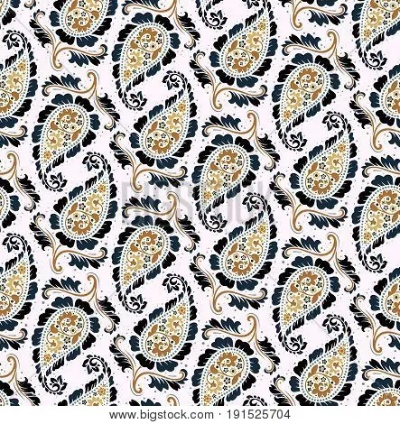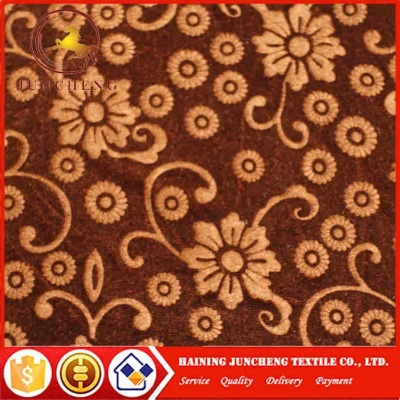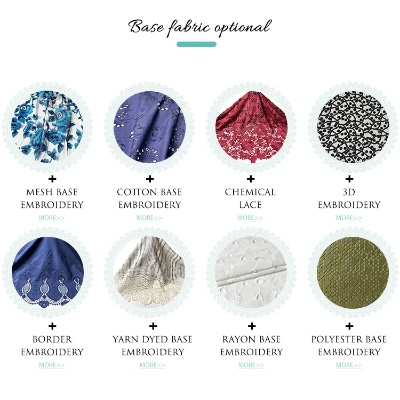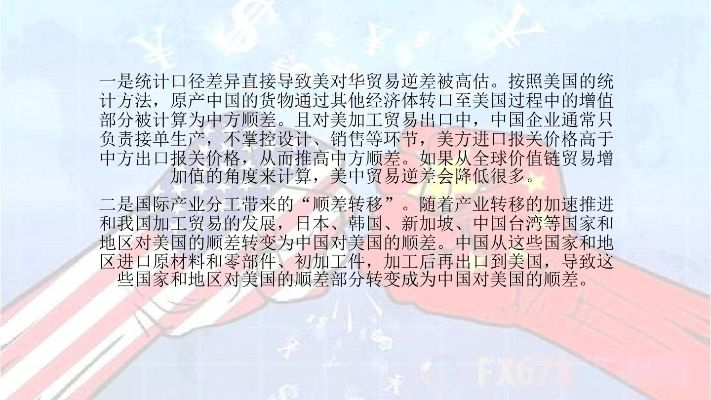Embracing the Evolution of Fashion Textile Pattern Design
In the realm of fashion textile design, embracing the evolution is not merely a pragmatic choice but a creative imperative. As technology and culture evolve, so too must our approach to pattern design. The advent of digital printing, 3D printing, and other innovative methods has redefined the possibilities for creating intricate and visually striking designs. This shift in methodologies has led to a paradigm shift in how we perceive and create patterns. Instead of relying on traditional manual techniques, designers now have the ability to produce complex designs with greater precision and speed, resulting in more dynamic and versatile garments. Additionally, the integration of sustainable materials into fashion design has become increasingly important, as consumers seek out environmentally conscious products. This trend towards sustainability has driven innovation in pattern design, with patterns that are both functional and aesthetically pleasing while also being mindful of their impact on the planet. Overall, embracing the evolution of fashion textile pattern design requires a willingness to adapt and innovate, recognizing that the future of fashion lies in the hands of those who dare to push boundaries and explore new frontiers.
Introduction: Fashion textiles have always been a reflection of culture, trends, and innovation. The intricate designs that adorn our clothes today are not just functional; they are works of art that tell stories and reflect societal changes. In this talk, we will delve into the fascinating world of fashion textile pattern design, exploring its evolution, significance, and the techniques used to create these masterpieces.
Evolution of Fashion Textile Pattern Design: The history of fashion textile pattern design is as rich as the fabric it adorns. From the earliest embroidered tapestries to the modern digital prints, each era has left its mark on the patterns we see today. Early textiles were often based on natural motifs such as flowers, leaves, or geometric shapes. As time progressed, patterns became more complex, incorporating religious symbols, mythological creatures, and even portraits of famous individuals.
In the 20th century, technology played a significant role in shaping fashion textile pattern design. Printing machines allowed for mass production of patterns, while the advent of computer-aided design (CAD) made it possible to create intricate designs with precision. Today, digital printing, 3D printing, and other innovative techniques enable designers to experiment with new textures, colors, and finishes, pushing the boundaries of what is possible.
Significance of Fashion Textile Pattern Design: Fashion textile pattern design is not just about aesthetics; it plays a crucial role in creating a brand's identity. A well-designed pattern can set a brand apart from its competitors and communicate its values and personality. It also influences consumer behavior, as people tend to associate certain patterns with certain brands or lifestyles.

Moreover, fashion textile pattern design reflects cultural diversity. Each region has its own unique style, and designers must incorporate these elements to create cohesive collections. For example, African print is known for its bold colors and intricate patterns, while Japanese kimono patterns often feature simple lines and symmetry.
Techniques Used in Fashion Textile Pattern Design: There are several techniques used in fashion textile pattern design, each with its unique benefits. Here are a few examples:
-
Embroidery: This traditional technique involves stitching small pieces of thread onto a piece of fabric to create a detailed pattern. Embroidered designs can be highly decorative and add a touch of elegance to any outfit.
-
Screen-printing: This method involves using a screen to transfer ink onto the fabric, resulting in a uniform pattern across the entire garment. It's fast and cost-effective, making it ideal for mass production.
-
Digital printing: This process uses a printer to apply ink directly onto the fabric, allowing for precise control over color and design. Digital printing is perfect for creating intricate patterns with minimal effort.
-
3D printing: This technology allows designers to create three-dimensional patterns that would be impossible to achieve with traditional methods. It opens up new possibilities for creating unique and innovative designs.
Case Study: One of the most iconic fashion textile pattern designs is the Chanel logo. Created by Pierre Cardin in 1937, the logo has become synonymous with luxury and glamour. The initials C and CN were drawn in gold on a black background, creating a striking contrast that was both elegant and memorable. Over the years, the logo has evolved, but its core essence remains unchanged – it's a symbol of quality, craftsmanship, and sophistication.
Conclusion: In conclusion, fashion textile pattern design is a dynamic field that continues to evolve at an unprecedented pace. From the earliest hand-embroidered tapestries to the cutting-edge digital prints, designers around the world constantly push boundaries and create new styles that resonate with their audience. By embracing the evolution of fashion textile pattern design, we can continue to celebrate the beauty of creativity and the power of textiles to shape our culture and society.

随着时尚产业的飞速发展,纺织品纹样图案设计已成为展现设计师创意和审美的重要手段,本篇将围绕时尚纺织品纹样图案设计主题,从多个角度展开深入探讨。
时尚纺织品纹样图案设计概述
-
纹样图案设计的重要性 纹样图案是纺织品设计中不可或缺的一部分,它能够提升服装的视觉效果和时尚感,纹样图案设计需要结合服装风格、面料材质、色彩搭配等因素,创造出独特、美观的图案。
-
时尚纺织品纹样图案设计趋势 近年来,时尚纺织品纹样图案设计呈现出多元化、个性化、创新性的趋势,设计师们不断探索新的纹样图案设计理念,运用现代科技手段,创造出更具艺术性和实用性的纹样图案。
时尚纺织品纹样图案设计案例分析
丝绸纹样图案设计
-
丝绸面料材质分析 丝绸面料是一种柔软、光滑、透气的面料材质,适合制作高档服装,设计师在丝绸纹样图案设计中,注重面料材质的特点,运用不同的线条和色彩,创造出独特的丝绸纹样图案。
-
纹样图案设计实例 设计师采用了流畅的曲线和几何形状的组合,创造出具有现代感、时尚感的丝绸纹样图案,图案中融入了花朵、蝴蝶、蜻蜓等元素,展现出优雅、浪漫的气息。
棉麻混纺纹样图案设计

-
棉麻面料特点分析 棉麻面料是一种环保、透气、吸湿的面料材质,适合制作休闲服装,设计师在棉麻混纺纹样图案设计中,注重面料材质的特性和服装风格的需求,运用不同的纹理和色彩,创造出独具特色的纹样图案。
-
纹样图案设计实例 设计师采用了棉麻特有的纹理和色彩搭配,运用抽象的线条和几何形状,创造出具有自然、野性的纹样图案,图案中融入了山水、云雾等元素,展现出一种轻松、自在的感觉。
时尚纺织品纹样图案设计实践方法与技巧
-
深入了解服装风格和面料材质 在纹样图案设计中,设计师需要深入了解服装风格和面料材质的特点,根据不同的服装风格和面料材质,选择合适的纹样图案设计和制作方法。
-
运用现代科技手段提升纹样图案的艺术性和实用性 在纹样图案设计中,运用现代科技手段可以提升纹样图案的艺术性和实用性,运用数字技术可以创造出更具立体感和层次感的纹样图案;运用环保材料可以降低制作成本,提高环保意识。
时尚纺织品纹样图案设计是展现设计师创意和审美的重要手段,在纹样图案设计中,需要结合服装风格、面料材质、色彩搭配等因素,创造出独特、美观的纹样图案,需要运用现代科技手段提升纹样图案的艺术性和实用性,通过以上案例分析和实践方法与技巧,我们可以更好地了解时尚纺织品纹样图案设计的趋势和要点。
Articles related to the knowledge points of this article:
Understanding and Applying Textile Color Standards
Dream Somance Textile Factory:A Journey of Innovation and Sustainability
The Story of Sengze Yulong Textiles



